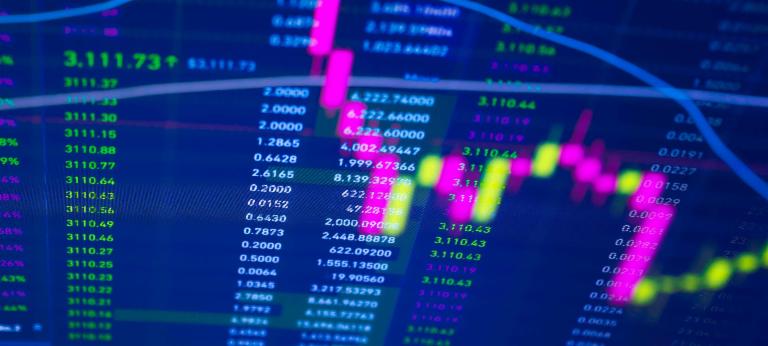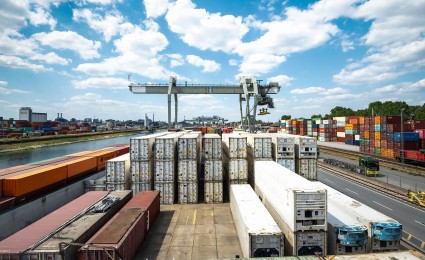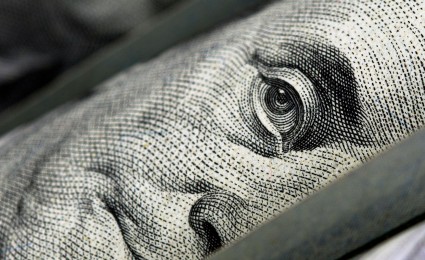The stated reasons and their exact weighting are currently the subject of heated debate: There are those who say that such high inflation is only transitory and those who fear that we will see persistently higher inflation rates in the coming years.
The majority of analysts are forecasting inflation rates of between 2.5% and 3.2% for the eurozone and between 2.0% and 4.8% for the United States in 2022. These forecasts are lower than the figures at the end of this year, but on the other hand they are higher than the average inflation rates of recent years. However, even this level of higher inflation rates would still be within the target range of the ECB and the Fed, as the two central banks target an average inflation rate of 2% and, after many years of falling short of the inflation target, could now actually exceed it.
This brings us to the crucial question: What would happen if the current inflation rates were to remain at these levels over the longer term?
A first consequence would occur very quickly and be felt immediately by all: Higher prices decrease the purchasing power of
consumers
, leading to less consumption, which has a negative impact on economic growth. The decrease in purchasing power also risks triggering a wage-price spiral. At the beginning of the 1970s in Germany, for example, inflation and wage growth rocketed simultaneously. This development could only be stopped with a restrictive monetary policy in the form of higher interest rates and a tightening of the money supply combined with wage restraint from the trade unions.
Second, higher prices affect not only consumers but
companies
too. If the prices of input factors, such as intermediate goods or indeed wages, rise, companies make lower profits. So they, in turn, will raise prices. This risks setting off a vicious circle that will have a damaging effect on growth, not just in the short term but over the long term too.
Finally, a third consequence of sustained high inflation would be that purchases and expenditures would be preponed, with consumers and companies preferring to buy their goods cheap today rather than expensive tomorrow. And such a situation leads to an ever widening gap between demand and supply. The savings rate would then fall too, which – at least in theory – should lead to higher interest rates. (Unlimited quantitative easing, as we are currently seeing, does, of course, negate this connection).
Conclusion: No one is currently in a position to say how long inflation rates in Europe and the US will remain at their current record high. However, if there is no significant reduction in inflation in the coming months, this situation would entail the dangers outlined here for the real economy – with considerable consequences for consumers and companies.
![{[downloads[language].preview]}](https://www.rolandberger.com/publications/publication_image/roland_berger_publication_02_fallback_download_preview.png)













